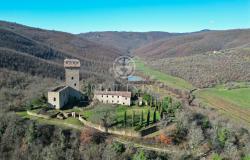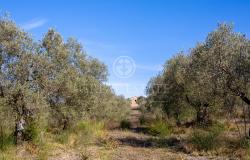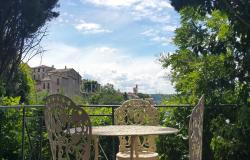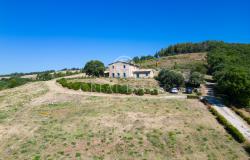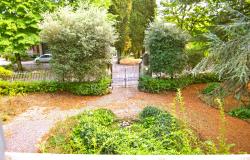He’s remembered for renouncing his riches and devoting himself to a life of poverty. But Saint Francis of Assisi — one of the two patron saints of Italy and among the most venerated figures in Christianity — has a flashy new investor in his legacy: Ferrari.
The Italian luxury sports car company will fund a restoration of the Maestà di Assisi (Madonna Enthroned with Child, Saint Francis and Four Angels), a 13th-century fresco by the Florentine painter Cimabue that is believed to contain one of the earliest surviving portraits of Saint Francis. The restoration is set to begin in January 2023 and will be led by Sergio Fusetti, Head Restorer at the Basilica of Saint Francis of Assisi, where the fresco is located. Umbria’s regional Archaeology, Fine Art and Landscape authority will provide support.
Ferrari and the Franciscans
Ferrari and the ascetic Franciscan order might seem an unlikely match. The company recently debuted a petrol-fueled €400,000 sport utility vehicle called the Purosangue, or “Thoroughbred,” which has paused new orders due to high demand. Existing customers — often collectors — are given priority when the company takes orders.
CEO Benedetto Vigna maintains that the contribution to the restoration is about corporate social responsibility. “The world of luxury that Ferrari inhabits has close ties with art and culture,” Vigna said in a statement. “It felt natural for us to play our part in preserving an Italian masterpiece, which also teaches us a lesson [through] Saint Francis’ humility.” (Francis is today recognized by many Christians as the patron saint of ecology and animals.)
Rather than cry “values clash,” Franciscan friars have embraced the gift. Custodian of the Sacred Convent of Saint Francis, Friar Marco Maroni, thanked the company, noting, “For us friars, it is an honor to be able to care for and enhance — thanks to contributions of benefactors and ordinary citizens — this priceless asset, the Basilica of Saint Francis, and to present it to the visitors of today and tomorrow.”
The restoration of the Maestà di Assisi
Dating from around 1285 to 1290, the Maestà di Assisi is still in its original location in the northern transept of the lower church of the basilica. Experts say Cimabue was able to accurately depict St. Francis’ likeness through first-hand descriptions of those who knew him personally. Moroni called the work “the best known and probably oldest and most realistic portrait of Saint Francis.”
Restoration work will be carried out by a team of specialists from the Spoleto-based firm Tecnireco, led by Fusetti. The project is expected to take one year.
The last major intervention on the fresco took place 50 years ago, and many of the basilica’s treasures still bear traces of the fatal September 1997 earthquakes that shook Assisi.
Who was Cimabue?
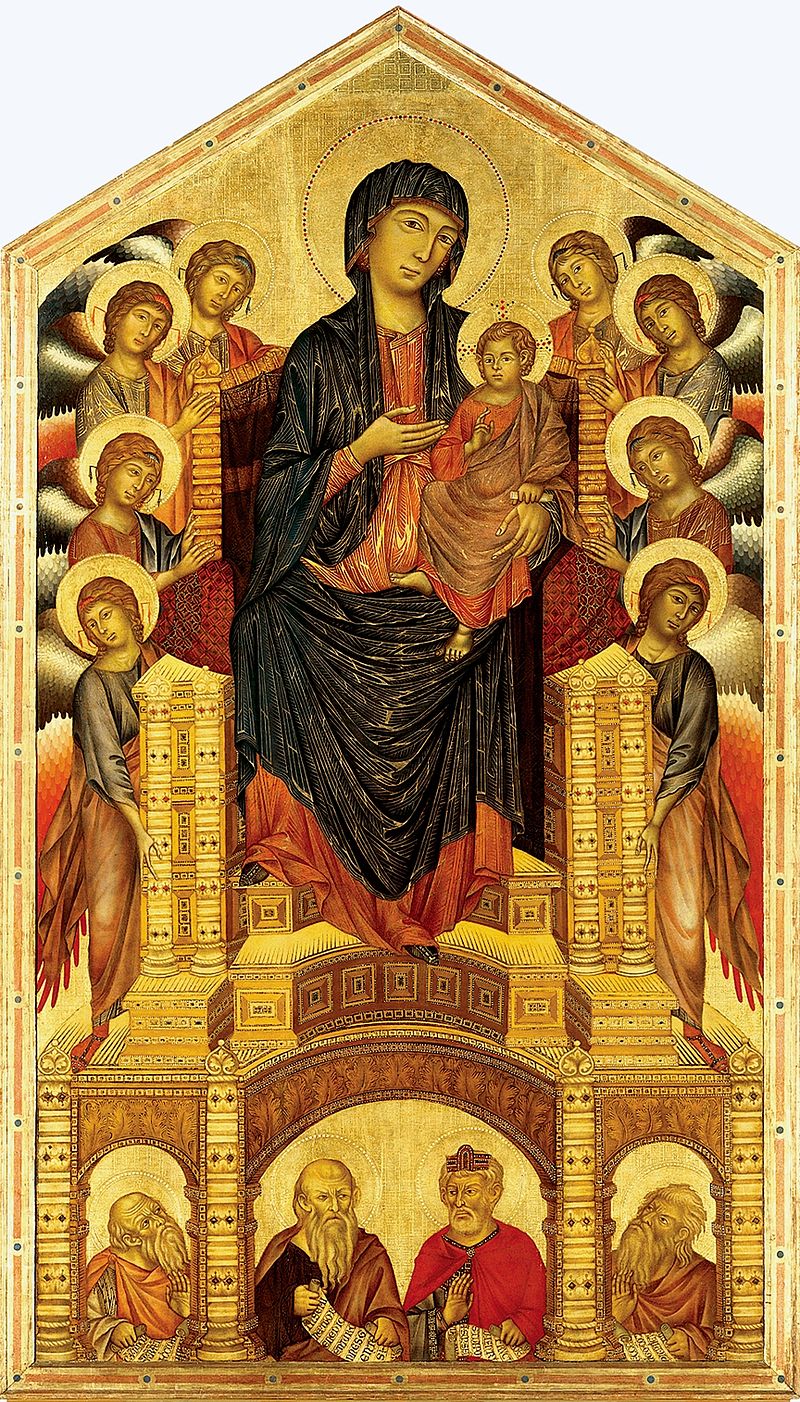
Cimabue was born in Florence in 1240, about 14 years after the death of Saint Francis. His style began to break from the flat and static Italo-Byzantine model that had previously dominated medieval art, making him a transitional precursor to painters like Giotto di Bondone, who may have been Cimabue’s pupil (Giorgio Vasari’s Lives of the Artists makes this claim, though some scholars have disputed it). As the subject of the first biography featured in Vasari’s Lives, Cimabue is sometimes referred to as “the Grandfather of the Italian Renaissance” and was also famously mentioned in Dante Alighieri’s Divine Comedy.
Along with the Maestà di Assisi, Cimabue was acclaimed for his panel painting Madonna of Santa Trìnita (ca. 1290-1300), which came from the church of the same name in Florence. Today, it is positioned prominently in the Uffizi Gallery.

